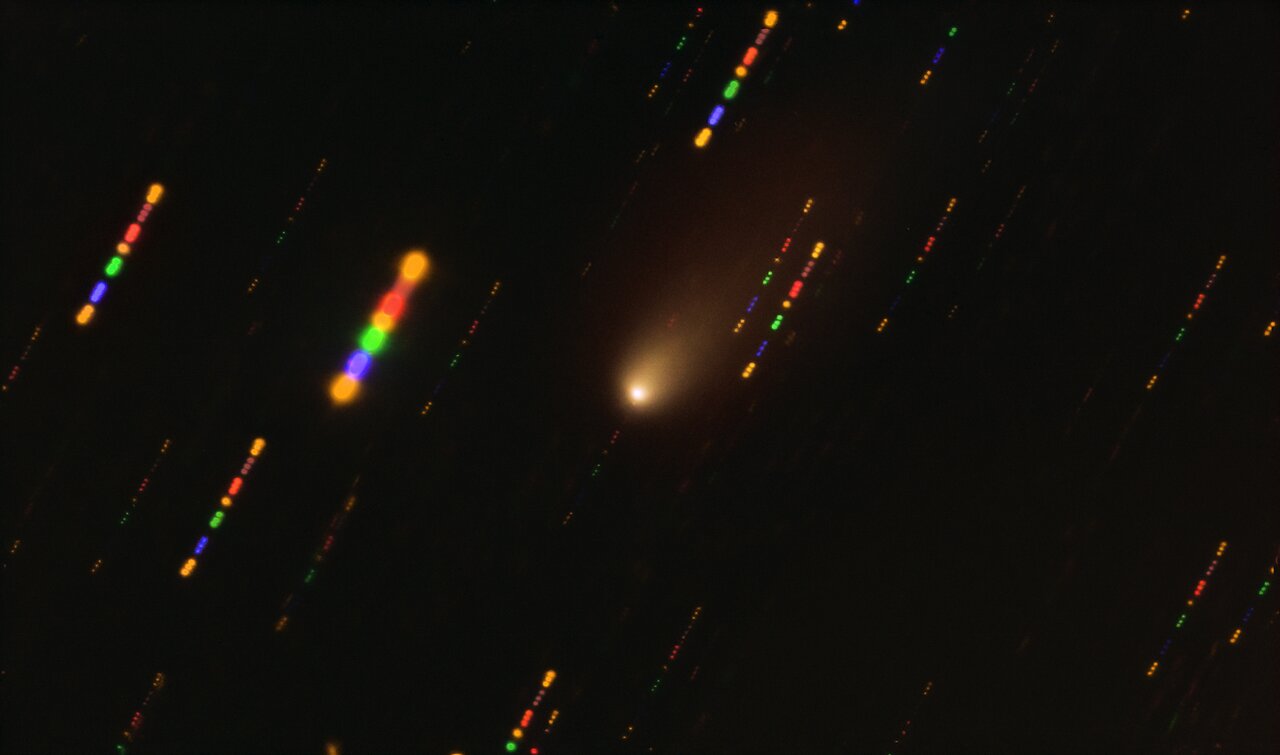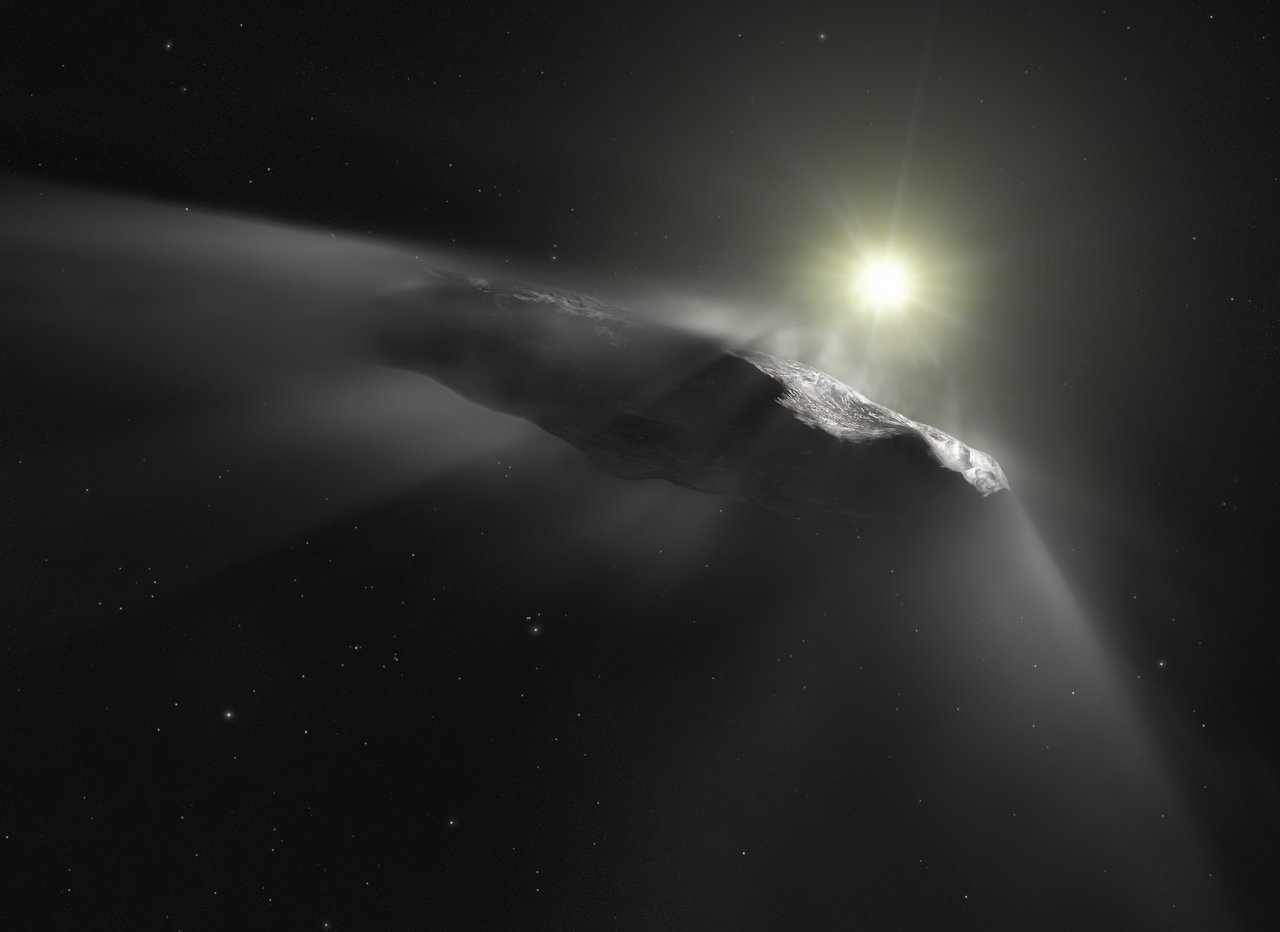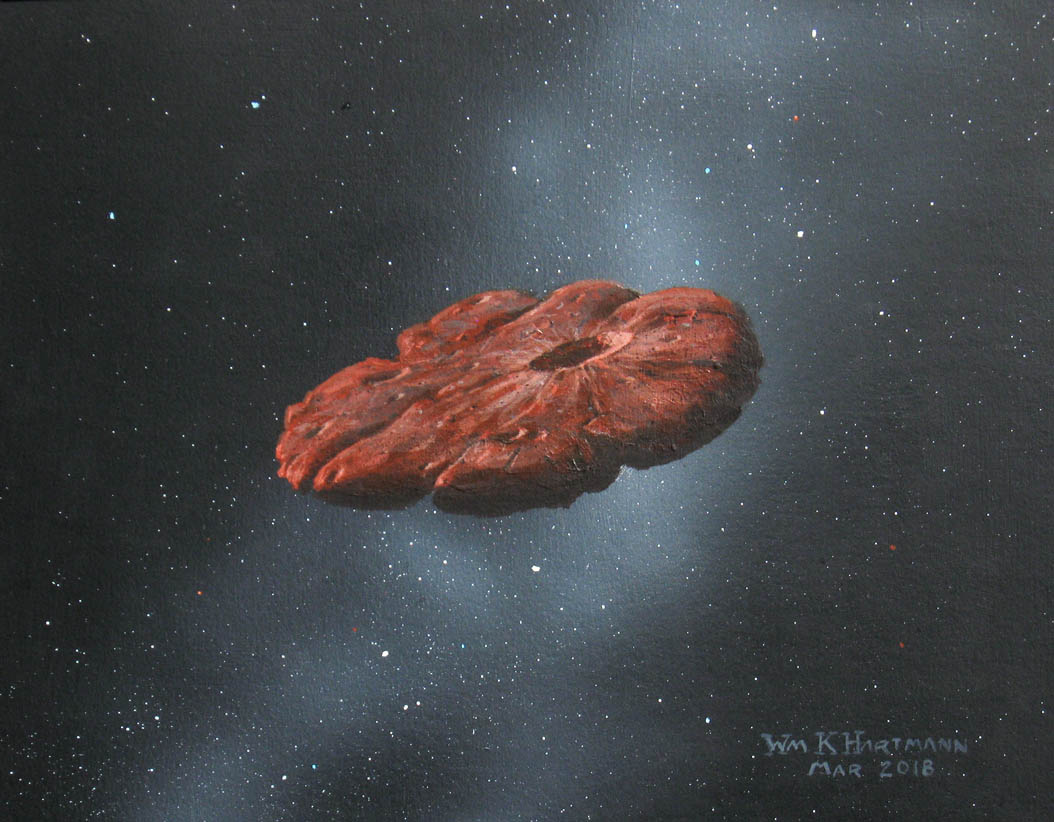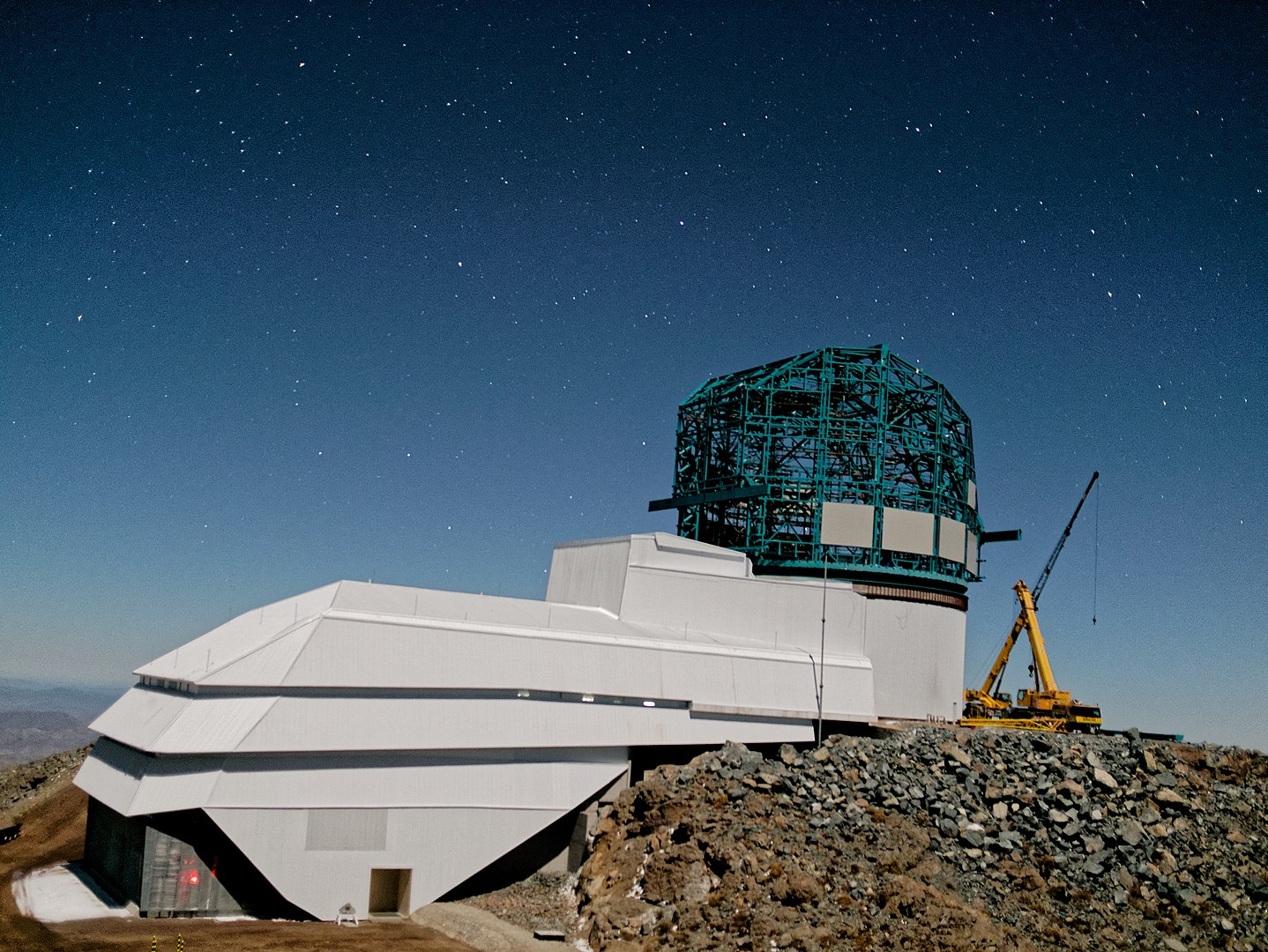A different perspective can do wonders. Perceiving things from a different angle can both metaphorically and literally allow people to see things differently. And in space, there are an almost infinite number of angles that objects can be observed from. Like all perspectives, some are more informative than others. Sometimes those informative perspectives are also the hardest to reach.
Voyager’s two probes did an excellent job in allowing humanity to access some difficult new perspectives simply given their distance from the Earth. But now a team of over 500 scientists and volunteers is urging NASA to go even further to find a better perspective by sending a satellite to a distance 1000 times the distance from the Sun to the Earth – almost 10 times how far the Voyagers have traveled in over 35 years.
Continue reading “NASA is now Planning a Mission to go 1,000 AU From the Sun, Deep Into Interstellar Space”






